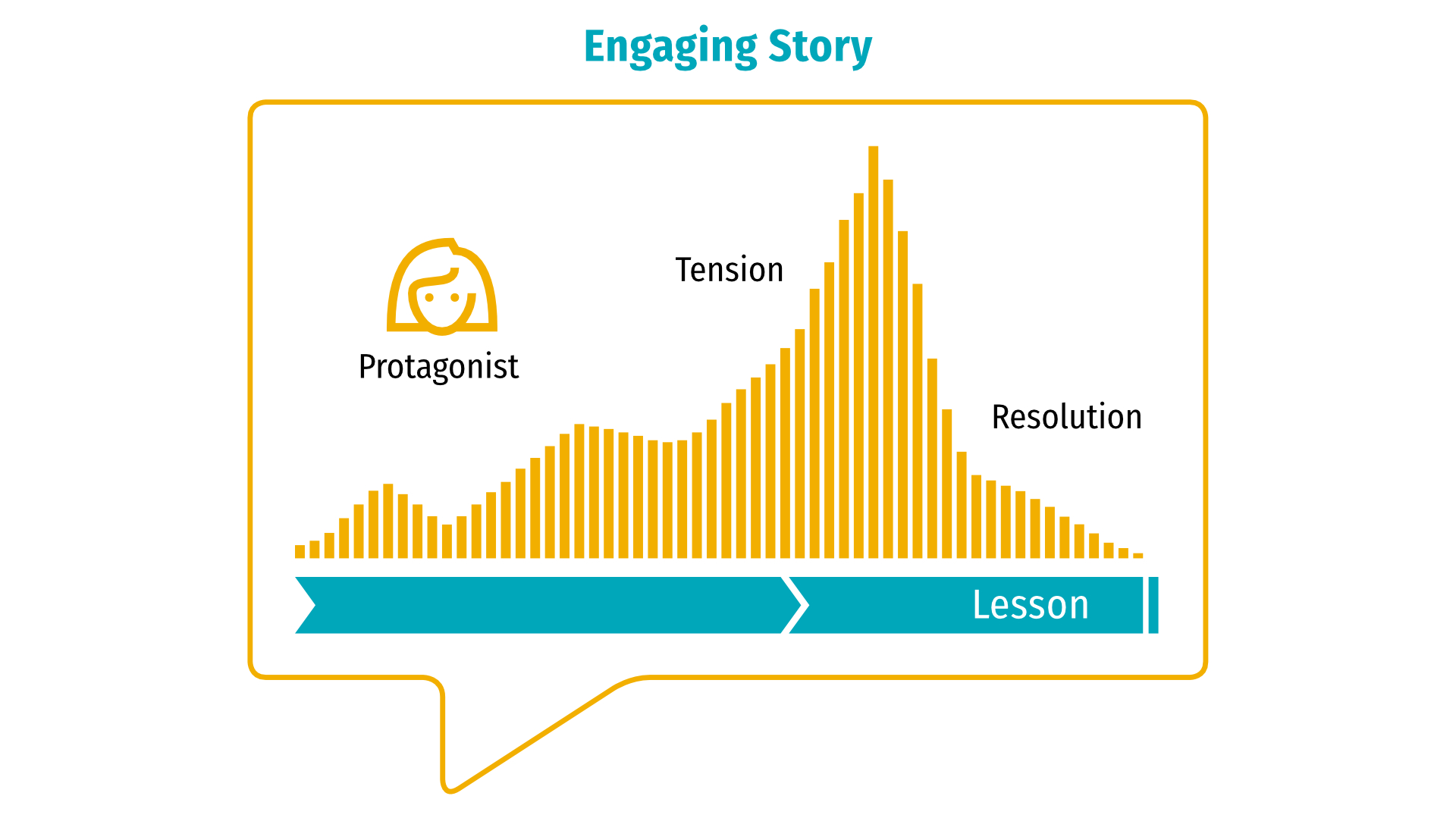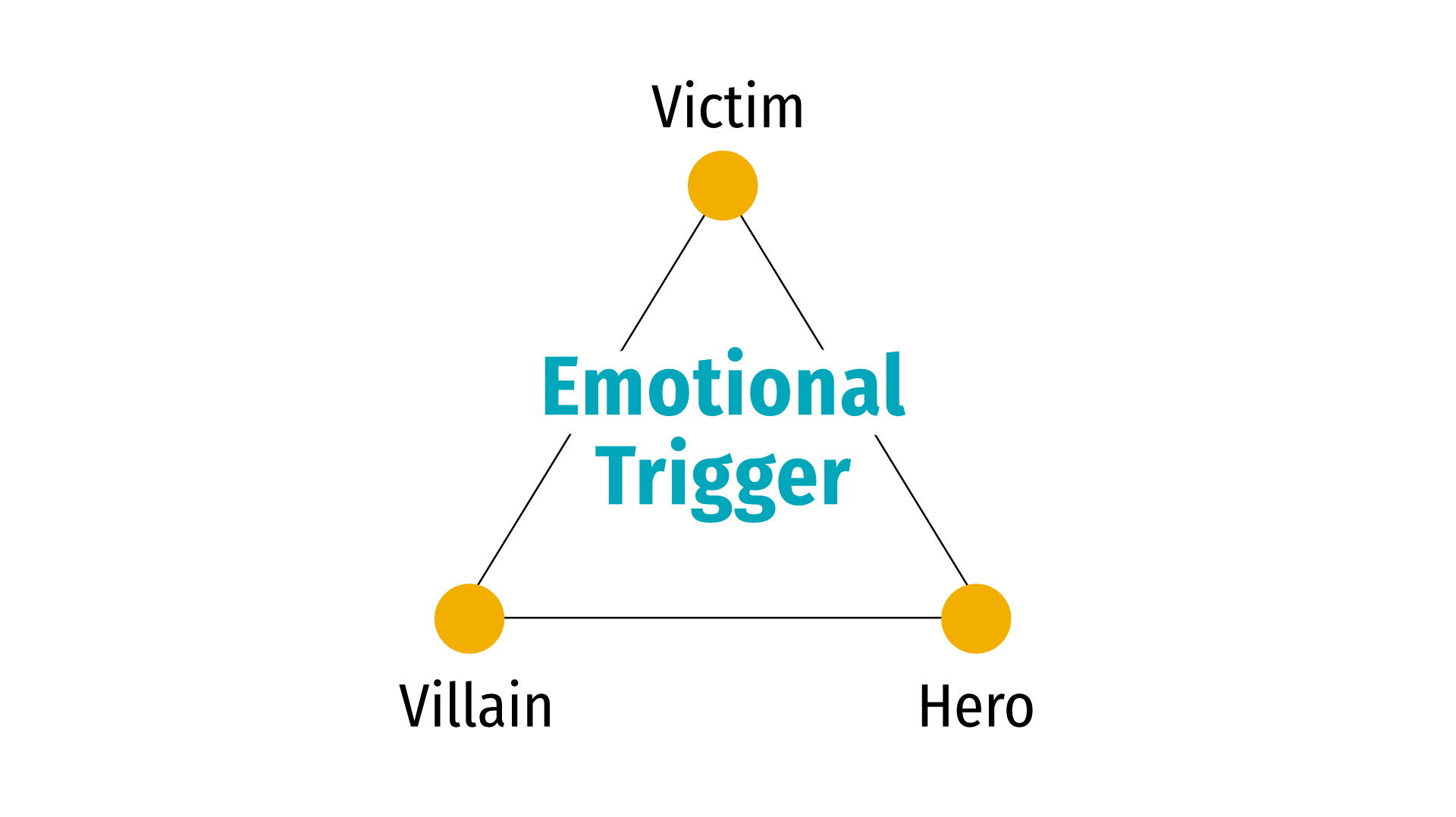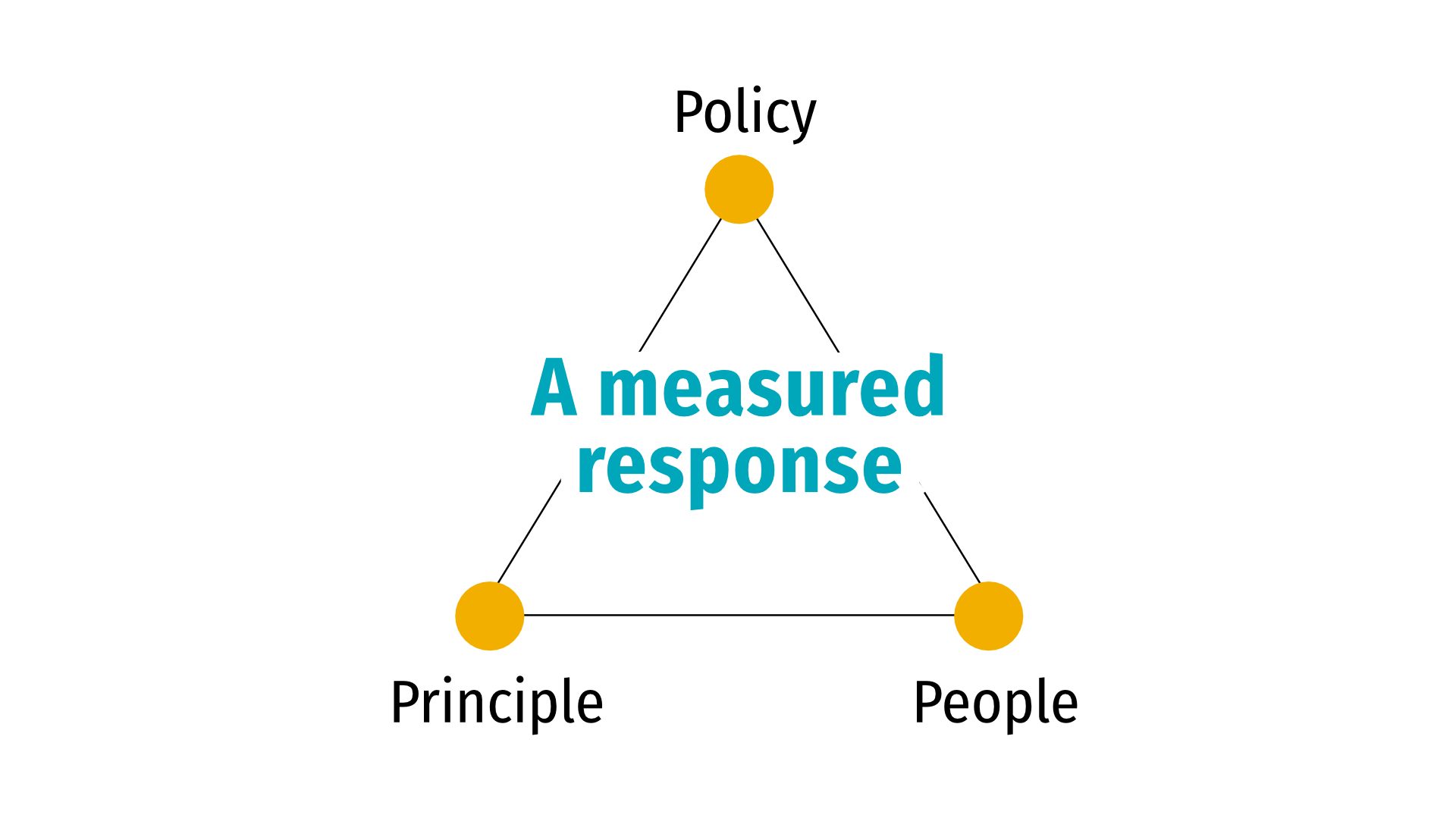2.2 Stories
The second step of the narrative change campaign planning process – Build out the elements - consists of eight elements that guide you through the development of the campaign tools and approach. On this page, we focus on the second element – Stories.
- Messages
- Stories
- Slogans & hashtags
- Evidence
- Visuals
- Messengers & supporters
- Threshold forum/publicatio
- Action plan
While the elements in the table above are presented in a series, the reality of this step is that you need to iterate back and forth among the different tools through the campaign build out process.
The focus in the second element of the build out process is on humanising and authenticating messages in an engaging and memorable way through stories. Indeed, for a narrative change campaign, this is a core pillar towards the success of campaigns, as people are really attracted to and remember good stories. This involves three main tasks:
Develop stories that support your messages and can be easily retold.
An important element of campaign development is generating or identifying stories that illustrate and support the campaign message(s) and can be easily shared and retold as part of the campaign. If you are trying to make a broader point on issues or values, the story of a person, a community or town is often needed to humanise the challenge and impacts of the issue or to “shorten the emotional distance”1 between speaker and the intended audience in an advocacy effort. Developing these stories in a way that is engaging and memorable is key, as they are often the part of the campaign that audiences will remember and retell. The press release by British Future for the poppy hijab campaign outlines the story of the soldier which was at the centre of the campaign:
To back up the message and figure that 400,000 Muslims died fighting in WW1, British Future had the story of Khudadad Kahn:
“One hundred years ago to this day, 31 October 1914, Sepoy Khudadad Khan of the 129th Baluchis became the first Indian soldier to receive this country’s highest award for valour, the Victoria Cross.
Khan’s regiment was supporting the British Expeditionary Force to prevent German troops taking vital ports in France and Belgium. As the line was pushed back the machine gunner, badly wounded and massively outnumbered, held off the German advance long enough for Indian and British reinforcements to arrive and prevent the enemy making the final breakthrough. He was the sole survivor of his team.
The First World War brought together soldiers from across the Empire and Commonwealth to fight for Britain. Born in what is now Pakistan, Khan was just one of the 1.2 million Indian soldiers, and the 400,000 Muslims, who fought alongside British troops in 1914.
It is important today that all of our children know this shared history, of contribution and sacrifice, if we are to fully understand the multi-ethnic Britain that we are today.
The gallant Sepoy Khan embodies that history. Just as King George V honoured his bravery 100 years ago with the Victoria Cross, let us all honour and remember him today”2 .
This is the short version for a press release. The longer version is available here.
In the story development process, we encourage the German campaign teams we’re working with in the Narrative Change Lab to identify and consider stories of people who elicit a positive and warm response in the target segment(s) and those who embody the message they’re trying to get across.
Work on making your story as engaging as possible.
Many campaigning and advocacy practitioners have been working intensively on storytelling in recent years and there is much to learn in this regard, including through many resources and trainings3 . Indeed, there is a creativity and playfulness in building stories that can never be captured in a set of written guidelines, but there are certain principles and structures campaigners can draw upon. Stories need a so-called ‘narrative arc’ with the following ingredients, as illustrated in the figure below: a protagonist; some tension building in the story to keep us involved; and finally, a resolution and a lesson to take away.

The Khudadad Kahn story from the poppy hijab campaign has these elements, but is more of an illustration rather than something built on more dramatic engagement. The communications expert, Andy Goodman4
(who specialises in story telling) uses this video of the story of the Troy library in his presentation on stories5
as an example of a good story with dramatic effect:
This movement through the narrative arc elements works well in the Troy Library story and importantly, as an audience we want to know what happens in the end! This is the effect you are looking for and this is what an ‘engaging’ story really means. The best-selling types of books all over the world are crime stories and romance novels and even though we all know what will happen in the end, people still buy them. There is something innate about this story arc that we are intrigued by.
Choose carefully the type of story you want to tell.
Different types of stories are recognised as evoking different types of responses. The ‘Hero, Victim, Villain’ story is a very common type of story found in politics and tabloid newspapers in which the main characters are placed in these roles. This type of story triggers a strong emotional response that demands action6 .

In fact, many anti-migrant stories are set in this story type with migrants the villains and receiving populations the victims and populist politicians, the heroes. And many pro-migrant organisations also use the story approach where they reframe migrants as the heroes or more commonly, the victim. Campaigners and advocates need to be careful with such a victim framing, as many migrants complain that such stories are often very reductive in how migration is actually experienced7
. However, if you choose to take this approach, be aware that it will bring some strong emotions and also relatively predictable attacks which attempt to reframe migrants in a more negative light.
Stories that would bring a more measured response are often constructed around the ‘three Ps’ – Policy, Principle and People – see figure 3 below. In this approach, you are trying to tie a human story (people) to the reason to do something (principle/values) and then have a specific recommendation (policy)8
. The Hope not hate campaign was basically argued in this manner: the long-term Muslim population who have lived peacefully and prayed in the town for years (people) should be afforded the right to worship like all religions (principle) and therefore be granted the permission to establish an official Muslim prayer centre (policy). This is a story arc that ties all elements of the campaign together and indeed, is also a useful way to consider whether you are prepared for your own campaign discussion.

Step 2.2 Stories
- What kind of story can you use to humanise the points you are trying to make? Does someone, an organisation or community immediately come to your mind?
-
Is the story engaging for the audiences? Does it include some element of drama?
-
Do you think the story can be easily be retold?
-
Do you want to go for a more emotional story or a more measured approach?
-
Does the story effectively support your messages?
-
What is the reaction to your story from those outside your campaign team?
- 1Waller, R. L., & Conaway, R. N. (2011). Framing and counterframing the issue of corporate social responsibility the communication strategies of nikebiz.com. Journal of Business Communication, 48, 83-106.
- 2British Future (2014) Remembering Khudadad Khan.
- 3Andy Goodman (2014) Master Narratives: The Stories That Move Americans with Andy Goodman. Presentation on Grantmakers for Effective Organizations & Working Narratives (2013) Storytelling and social change: a strategy guide.
- 4Working Narratives (2013) Telling good stories — communications expert Andy Goodman.
- 5Andy Goodman (2014) Master Narratives: The Stories That Move Americans with Andy Goodman. Presentation on Grantmakers for Effective Organizations.
- 6Delft University of Technology (2016) Framing: How Politicians Debate. edX online course.
- 7Crawley, H., McMahon, S. & Jones, K. (2016) Victims and Villains: Migrant Voices in the British Media. Coventry: Centre for Trust, Peace and Social Relations, Coventry University.
- 8Delft University of Technology (2016) Framing: How Politicians Debate. edX online course.